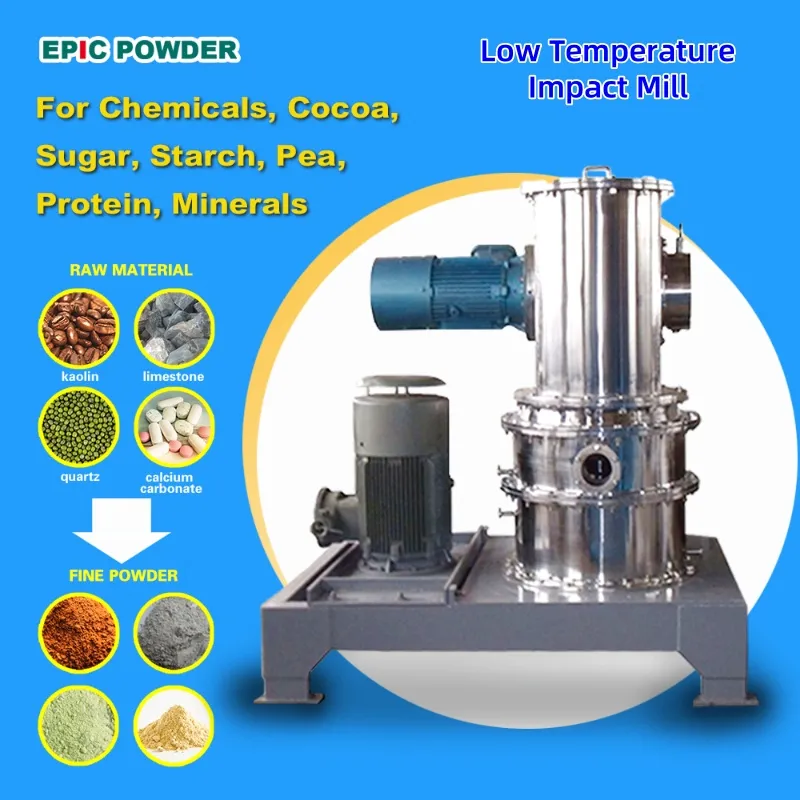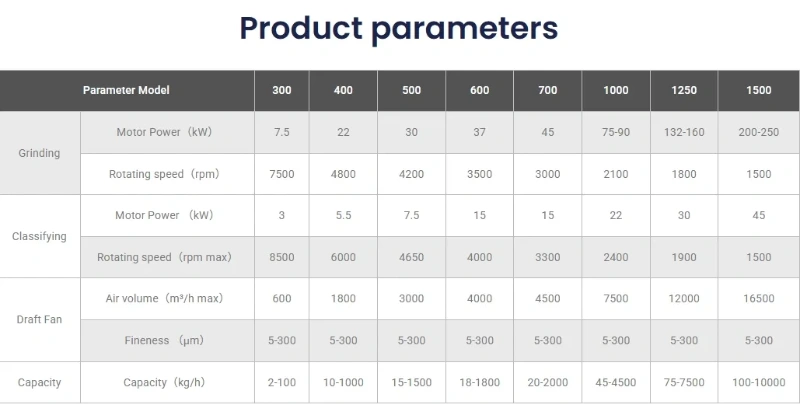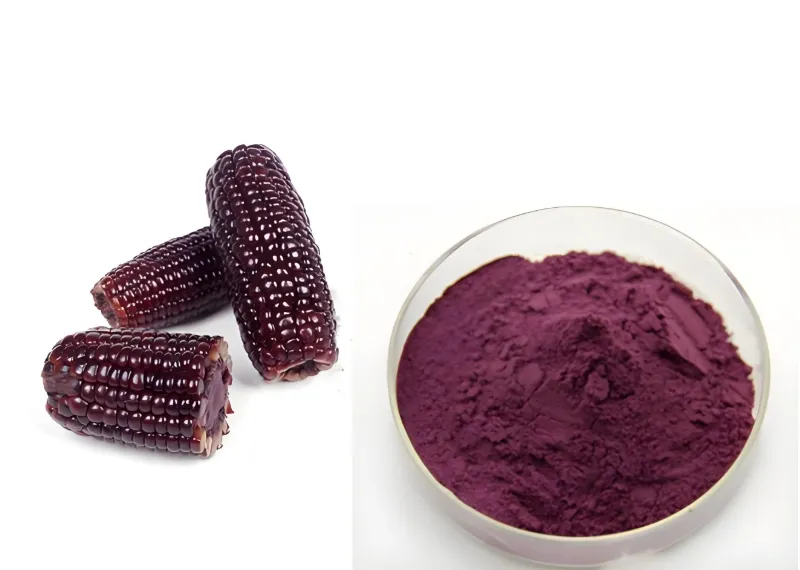Ultra-fine grinding technology reduces particle size by overcoming internal cohesion through mechanical or fluid power. It achieves a particle size reduction to 10–25μm, increasing surface area and porosity. This technology is widely used in the pharmaceutical and food processing industries. It can be divided into dry and wet ultra-fine grinding, depending on the moisture content of the raw materials and during the process. Dry ultrafine grinding processes materials under dry conditions. Common methods include air jet mills, ball mills, and vibration mills. However, traditional vibration mills and ball mills generate heat, making them unsuitable for heat-sensitive materials. Air jet mills have high energy consumption. These issues limit their applications. A research institute has developed a dry ultrafine grinding device — the low-temperature impact mill. It offers excellent ultrafine processing performance. Specifically, it can grind whole grains to a fineness of 50–74 μm, seasonings to 60–150 μm, and traditional Chinese herbs to 50–150 μm.

Working Principle of the Equipment
Working Principle
The material is uniformly sent into the grinding chamber by the feeding system, and is strongly impacted by the high-speed rotating grinding disc. At the same time, it is subjected to the centrifugal force to collide with the crushing ring gear, and is subjected to various comprehensive forces such as shearing, friction, and collision. The material is ground, and the crushed material moves to the classification area with the airflow. The coarse and fine materials are separated through the classification wheel adjusted by the frequency conversion. The products that meet the fineness requirements enter the cyclone collector and the dust collector with the airflow for collection, and the coarse particles return to the grinding area to continue shattered.
During the entire grinding process, a cooling fan generates cold air, which is delivered into the grinding chamber via an induced draft fan. This keeps the processing temperature below 20 °C, minimizing the loss of heat-sensitive materials. Moreover, the grinding performance of the low-temperature impact mill can be adjusted by changing key parameters such as classifier frequency, grinding motor frequency, and fan frequency.
Product features
- Horizontal classification design, more suitable for ultra-fine powder production, performance comparable to German ZPS air classification mill.
- The unique grinding structure and classofying structure design realize the unique grinding effect.
- Special flow field design to avoid the accumulation of some materials with poor fluidity.
- The classifying apex cutting is more precise and the particle size distribution of the product is narrower.
- Easy to clean, suitable for the production needs of frequent replacement of materials.

Application Cases:
Grinding Brown Rice:
When the low-temperature impact mill was used to grind brown rice, the resulting powder had a uniform particle size distribution. It was found that the mill could better retain non-starch nutrients and effectively grind dietary fibers in the brown rice.
Grinding Bamboo Shoots:
The low-temperature impact mill was used to grind bamboo shoot tips. The results showed that the mill effectively crushed the bamboo shoot tips and promoted the conversion of insoluble dietary fibers to soluble ones, increasing the protein content. The particle size decreased, the specific surface area increased, and the bulk density decreased. The water retention and expansion capacity of the bamboo shoot powder significantly improved, but the oil retention decreased. Additionally, the mill effectively released bioactive components (such as total phenols and flavonoids) in the bamboo shoot powder, enhancing its antioxidant capacity, nitrite adsorption ability, and cholesterol absorption ability.
Grinding Purple Corn:

Low temperature impact milling can significantly change the particle size of purple corn powder.
It improves the dissolution rate and antioxidant capacity of purple corn. It also changes the gelatinization temperature, regeneration tendency and other characteristics of purple corn. At the same time, low temperature impact milling can well retain non-starch nutrients and increase the phenolic substances in purple corn.
Epic Powder
Epic Powder, 20+ years of work experience in the ultrafine powder industry. Actively promote the future development of ultra-fine powder, focusing on crushing, grinding, classifying and modification process of ultra-fine powder. Contact us for a free consultation and customized solutions! Our expert team is dedicated to providing high-quality products and services to maximize the value of your powder processing. Epic Powder—Your Trusted Powder Processing Expert !
